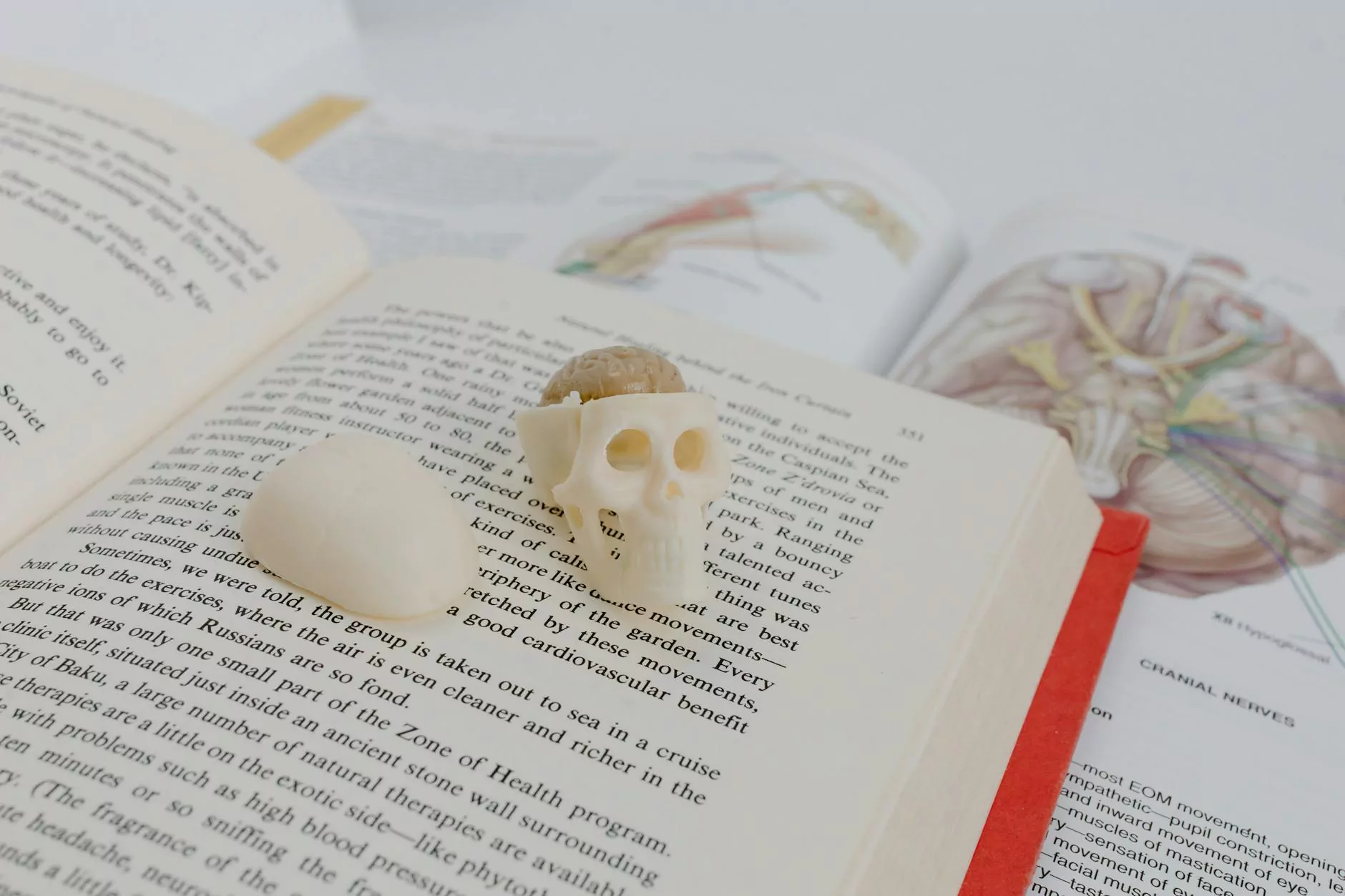Understanding Blood Clots: What Does a Blood Clot in Your Leg Look Like?

Blood clots are a serious medical condition that can pose significant risks to your health if not identified and treated promptly. Knowing the signs and symptoms of a blood clot can be crucial for early detection and intervention. In this extensive article, we will delve into what a blood clot in your leg looks like, the associated symptoms, risk factors, and when to seek medical attention.
What is a Blood Clot?
A blood clot, or thrombosis, occurs when blood cells clump together to form a gel-like mass. While clotting is a natural process that prevents excessive bleeding, clots can become dangerous if they form inappropriately or in the wrong location, particularly in the legs.
What Does a Blood Clot in Your Leg Look Like?
The appearance of a blood clot in your leg can vary depending on its location and severity. Here are key visual indicators:
- Swelling: One of the most noticeable signs of a blood clot is swelling in the affected leg. This swelling can be localized or affect the entire leg.
- Red or Discolored Skin: Skin over the area where the clot is located may appear red or develop a bluish tint.
- Warmth to the Touch: The affected area may feel warmer than surrounding skin.
- Pain or Tenderness: You may experience pain or tenderness, especially when standing or walking. Pain can be sharp or dull.
- Cramps or Spasms: Cramping sensations may occur in the calf or thigh, mimicking a muscle cramp.
Types of Blood Clots
Understanding the types of blood clots can help in identifying them:
- Deep Vein Thrombosis (DVT): This occurs when a clot forms in the deep veins of the leg.
- Superficial Thrombophlebitis: A clot that forms in the veins near the surface of the skin.
- Pulmonary Embolism (PE): A serious condition where a clot breaks off and travels to the lungs, which can be life-threatening.
Symptoms of a Blood Clot in Your Leg
Recognizing the symptoms of a blood clot in your leg is essential for timely medical intervention. Here are some common symptoms:
- Sudden Swelling: Unexplained swelling in one leg may indicate a clot.
- Pain: Often described as a cramp, pain may get worse when walking.
- Skin Color Changes: Discolored skin, often red or bluish, can signal the presence of a clot.
- Warmth: Increased warmth in the affected leg compared to the other leg.
Risk Factors for Developing Blood Clots
Certain factors can increase the likelihood of developing blood clots. Understanding these can help you mitigate risks:
- Extended Immobility: Long periods of sitting or lying down can increase the risk.
- Recent Surgery: Surgical procedures, especially orthopedic surgeries, can trigger clot formation.
- Pregnancy: Hormonal changes and pressure on leg veins can lead to increased risk during pregnancy.
- Obesity: Excess weight can contribute to poor circulation and increased risk of clots.
- Smoking: Tobacco use can damage blood vessels and increase clot risks.
- Age: The risk increases as you age, especially over the age of 60.
Diagnosing a Blood Clot
If you suspect a blood clot in your leg, it's important to seek medical attention. Doctors may use several diagnostic methods, including:
- Ultrasound: A painless test that uses sound waves to visualize blood flow in the veins.
- D-dimer Test: A blood test that measures the presence of a substance released when a blood clot breaks up.
- CT or MRI Scans: These imaging tests help detect clots in deeper veins or areas that an ultrasound cannot easily reach.
Treatment Options for Blood Clots
Treatment for blood clots typically focuses on reducing the size of the clot, preventing further clotting, and alleviating symptoms. Common treatments include:
- Anticoagulants: Medications like warfarin or heparin that prevent new clots from forming.
- Thrombolytics: “Clot busters” that dissolve existing clots. These are usually reserved for severe cases.
- Compression Stockings: These can help reduce swelling and prevent the recurrence of clots.
- Inferior Vena Cava Filter: A small device placed in the large vein (vena cava) in the abdomen to catch clots before they reach the lungs.
Preventing Blood Clots
Preventing blood clots is vital, especially for individuals in high-risk categories. Here are some effective strategies:
- Stay Active: Regular movement and physical activity can promote healthy circulation.
- Hydration: Keeping well-hydrated helps to maintain fluid balance and reduces clot risk.
- Avoiding Long Periods of Immobility: If traveling or sitting for prolonged periods, take regular breaks to stand and stretch.
- Quitting Smoking: This significantly decreases the risks associated with clot formation.
- Wearing Compression Stockings: Especially during travel or after surgery, these ensure good blood flow.
When to Seek Medical Attention
Immediate medical attention is necessary if you experience any of the following:
- Severe leg pain, particularly if sudden and localized.
- Sudden swelling in one leg.
- Red or discoloration of the skin that appears suddenly.
- Shortness of breath or chest pain, which may indicate a pulmonary embolism.
Conclusion
Blood clots can be serious and even life-threatening if not treated. Understanding the signs — what does a blood clot in your leg look like — can lead to earlier diagnosis and treatment. If you or someone you know is experiencing symptoms, it’s crucial to seek medical help immediately. Regular check-ups and an awareness of risk factors can also help in prevention. For specialized care, consult with experienced professionals like those at Truffles Vein Specialists, who are dedicated to providing patients with comprehensive vascular care.









